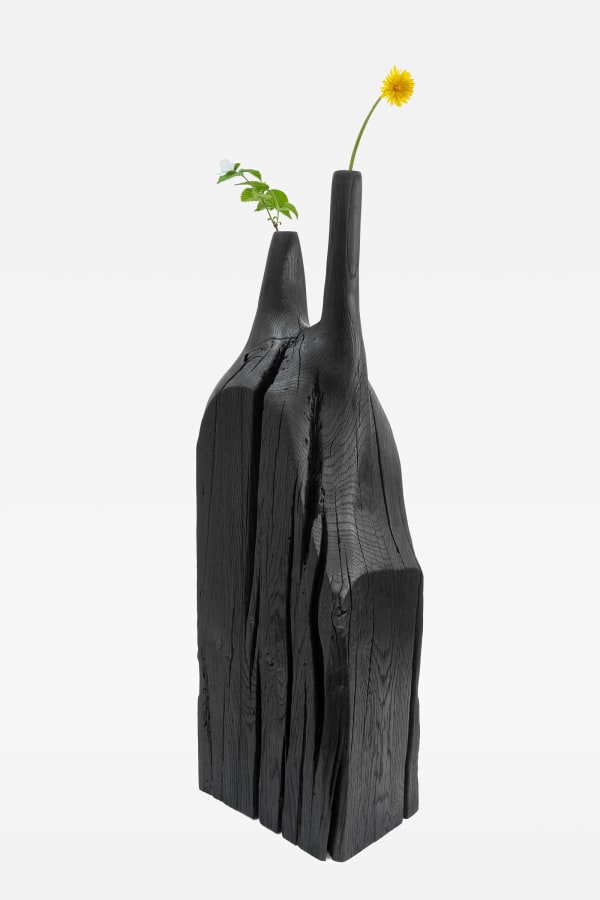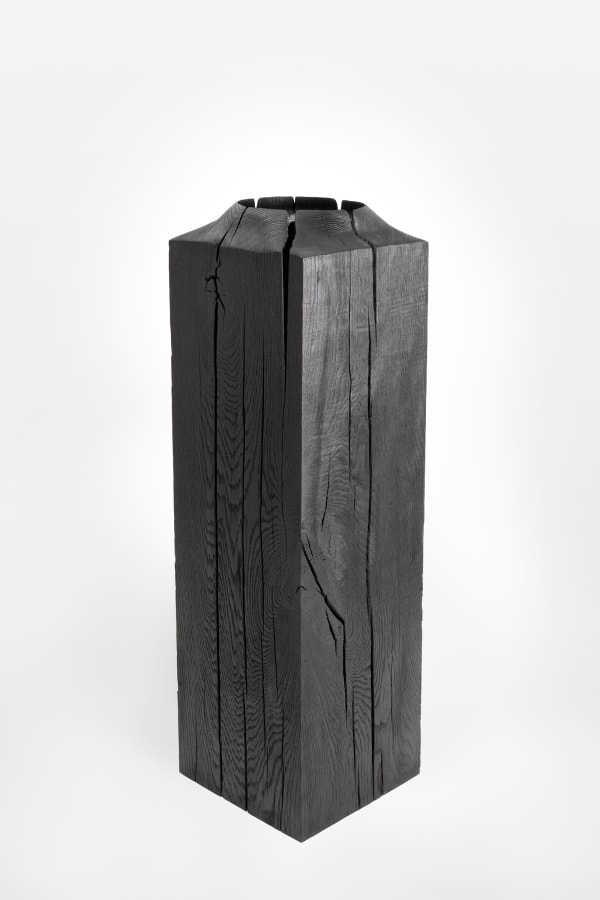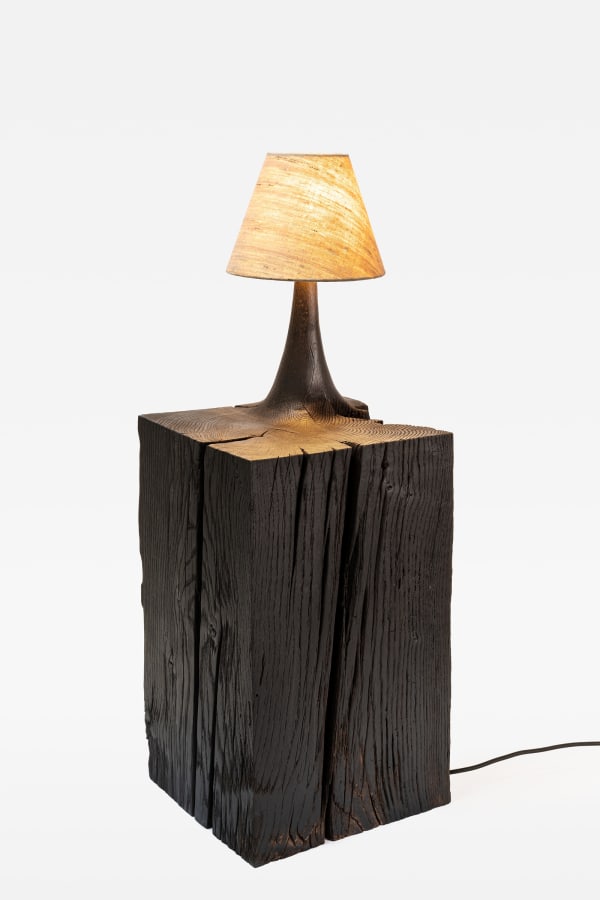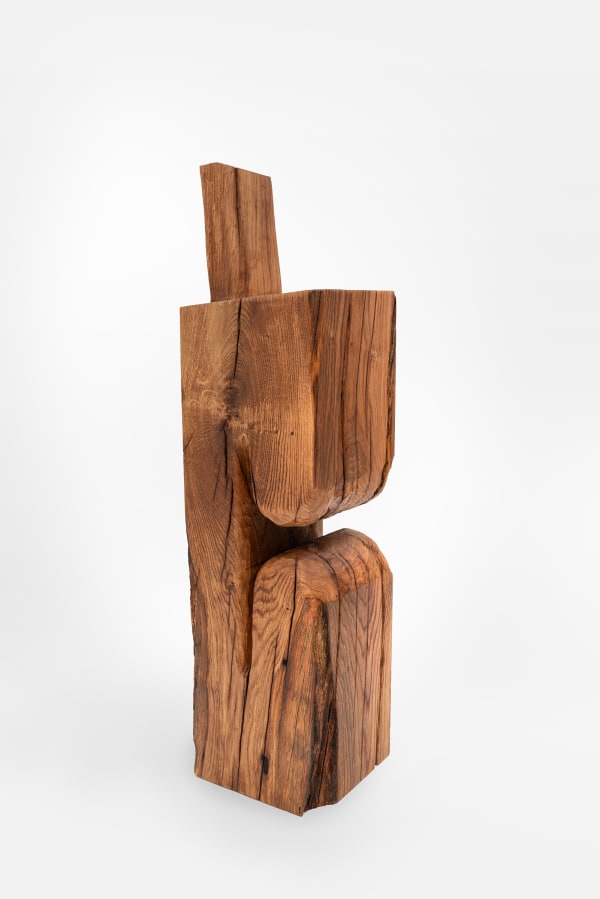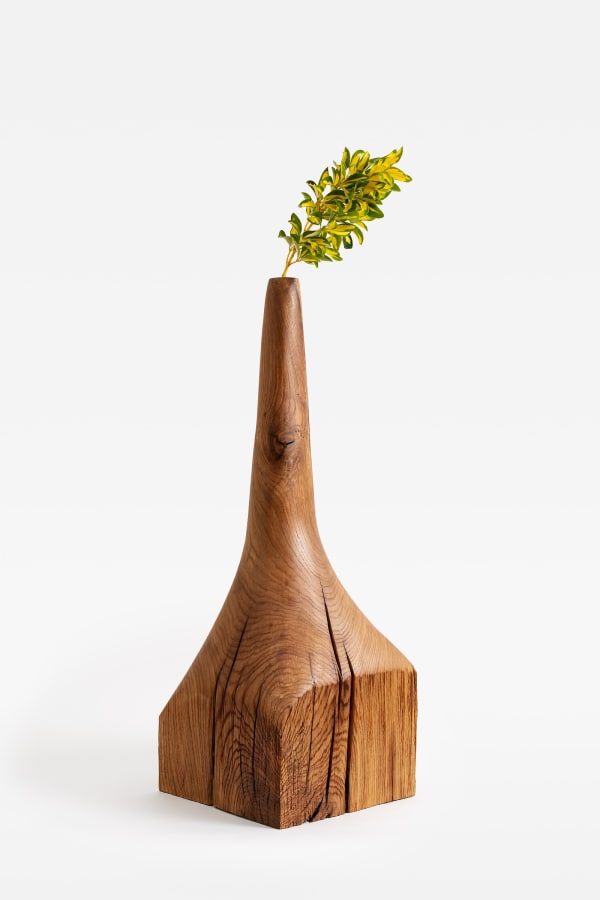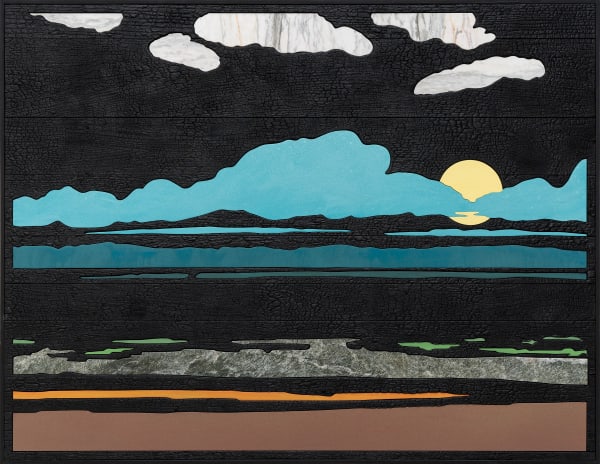-
 ART PARIS 2024Booth D143 – 7 AprilGrand Palais EphémèreGalerie Marguo is pleased to present the works of French artist Laurent Pernot (b.1980, France) and Korean-Swedish designer Patrick Kim-Gustafson (b.1986, Sweden) for Art Paris 2024. Featuring a new series of Pernot’s wood and marble marquetry landscapes and an assembly of Kim-Gustafson’s sculptural furnishings and objets d’art, the works on view are united in their respective approaches to the tenet 'truth to the nature of materials.'
ART PARIS 2024Booth D143 – 7 AprilGrand Palais EphémèreGalerie Marguo is pleased to present the works of French artist Laurent Pernot (b.1980, France) and Korean-Swedish designer Patrick Kim-Gustafson (b.1986, Sweden) for Art Paris 2024. Featuring a new series of Pernot’s wood and marble marquetry landscapes and an assembly of Kim-Gustafson’s sculptural furnishings and objets d’art, the works on view are united in their respective approaches to the tenet 'truth to the nature of materials.'
This value – that natural materials have their own laws and energies, that they work on our senses – was espoused by William Morris, the figurehead of the British Arts & Crafts Movement, which arose out of the rampant industrialization of the Victorian era, and sharply critiqued its alienation of people from the organic rhythms of their time, labor, and materials that had hitherto shaped their lives. It’s beautiful, you would’ve seen - and it’s all around stakes out a similar position, amidst a new major shift in temporality, labor, and relationship to materiality induced by the rise of technology.
Through their unique uses of oak, both Kim-Gustafson and Pernot present works that contest the increasing immateriality of our present, and engage with notions of deep time as it is imbued in wood and stone, conjuring the eternal cyclicality of nature, the seasons and matter.
VIP PREVIEW
Wednesday 3 April, 11 am – 9 pmThursday 4 – Sunday 7 April, 10 am – 12 pmPUBLIC
Thursday 4 April, 12 pm – 8 pm
Friday 5 April, 12 pm – 9 pm
Saturday 6 April, 12 pm – 8 pm
Sunday 7 April, 12 pm – 7 pm -
Laurent and Patrick in Dialogue
-
Participating Artists
-
Patrick Kim-Gustafson
b.1986, Sweden -
Introducing Patrick Kim-Gustafson
-
A trained industrial designer and former furniture, fixtures, and equipment designer, Patrick Kim-Gustafson founded the Montreuil-based Ateljé Loupchat in 2020, returning to the practice of woodworking that surrounded him growing up in his native Sweden.Exploring a reversal of the values he was professionally educated in, Kim-Gustafson begins each piece with a solid block of oak, privileging a tactile, intuitive, and subtractive way of honing the wood, counter to the logic of efficiency and primacy of function borne software-designed items, and the general culture of disposability that surrounds our relationship with objects. The result is a series of “completely anarchic” and paradoxically utilitarian pieces that hover between sculpture and furniture: a 1,80m long bench with room for only one buttock carved slightly to the right, or say, an 80kg plinth-like form that flutes upwards on its surface to hold a single pen. Vases and vanity mirrors likewise are imbued with a renewed sense of autonomy - what were once originally 130-year-old ceiling beams, decommissioned and left to rot at a scrapyard, have been salvaged and reforged by Kim-Gustafson.Meanwhile, certain pieces are finished using the Japanese technique shou sugi ban, a charring process which thoroughly blackens the material, simultaneously transforming and preserving it as a natural sealant. Kim-Gustafson afterwards applies a personal technique by layering and treating the wood with ferric acetate to further enrich its darkened color.
-
-
-
-
-
-
Laurent Pernot
b. 1980, France -
This ontological paradox is picked up in Laurent Pernot’s series of landscapes, which are meticulously composed of inlaid burnt and painted oak, sourced scraps of marble, and gold leaf, and brim with the subtle tension of contrasting temporalities and temperatures inherent to these materials.Working across sculpture, video, painting, and text, Pernot’s practice is driven by a Romantic impulse to synthesize the monumentality of nature and historical time through the subjectivities of the individual. His work addresses themes such as eternity, impermanence, memorialization, and the endurance of love.
-
-
-
-
-
Featuring a spectrum of seasons and weathers in a palette of tertiary colors, these compositions are alternatively drawn from Pernot’s archive of personal photographs, paintings by early 20th-century artists Leon Spilliaert and Nicholas Roerich, and Japanese iconography. The paintings explore life cycles across geologic time, continuously evoking, in both material and subject, the elements of water, earth, snow and fire.From the abstract still life of Warholian Papaver californicum, commonly known as fire poppies, which grow in oak woodlands and other ashy habitats that have recently burned, to the stone-cold birds flying amongst the barren trunks of a winter’s forest, each tableaux offers a wistful yet optimistic vista of the state of our current ecological crisis – memento mori of the dialectical nature of destruction and rebirth.
-
-
-
Subscribe Newsletter
Be the first to know about new exhibitions, artist updates, as well as books and more. Sign up for our newsletter below.



